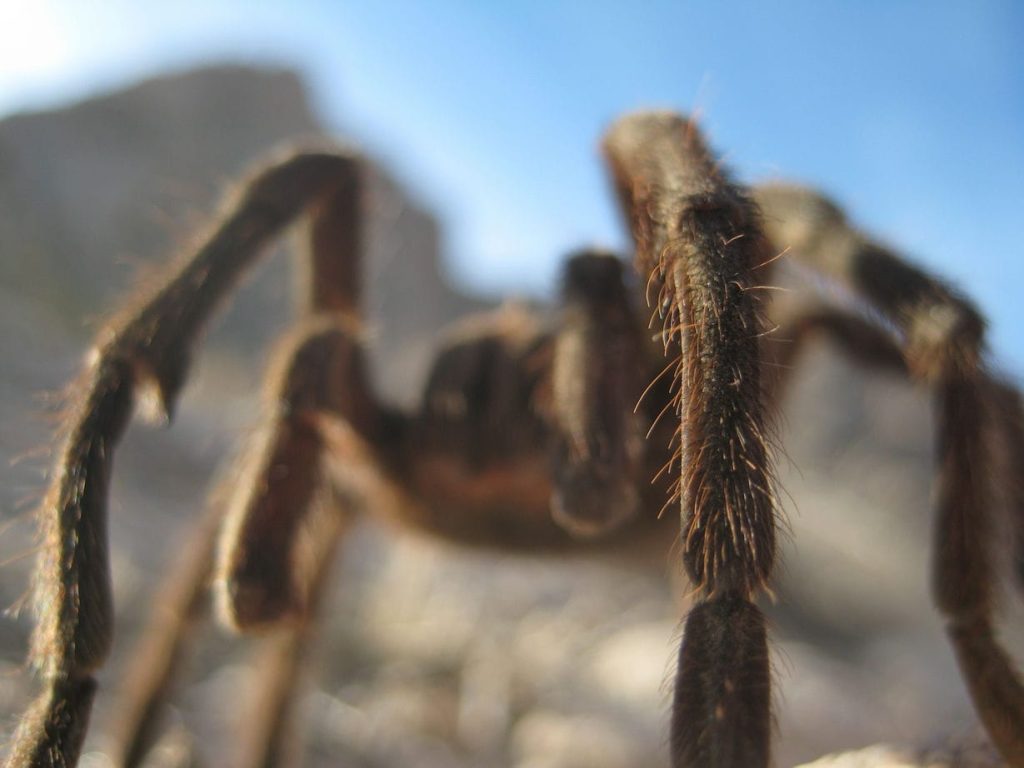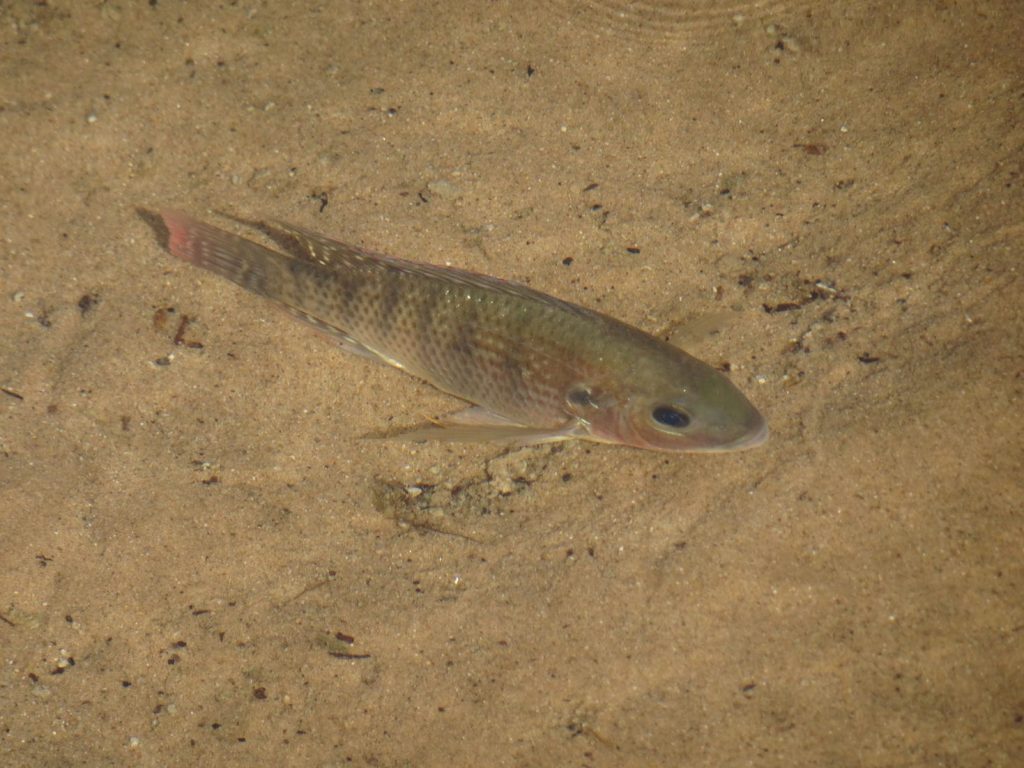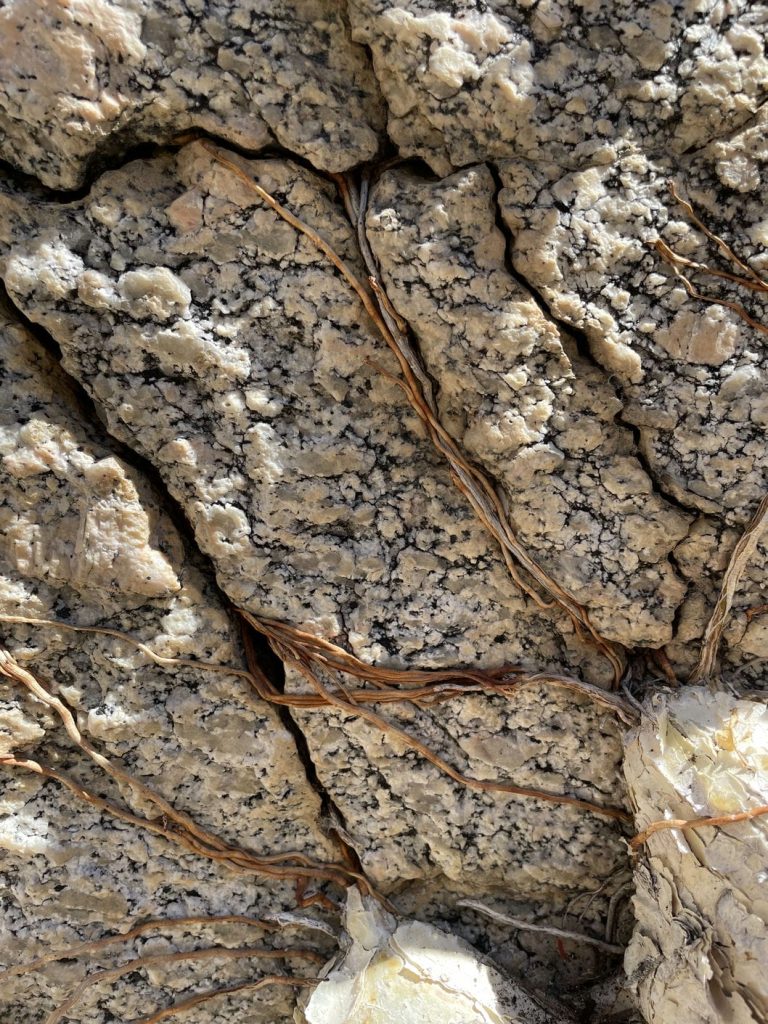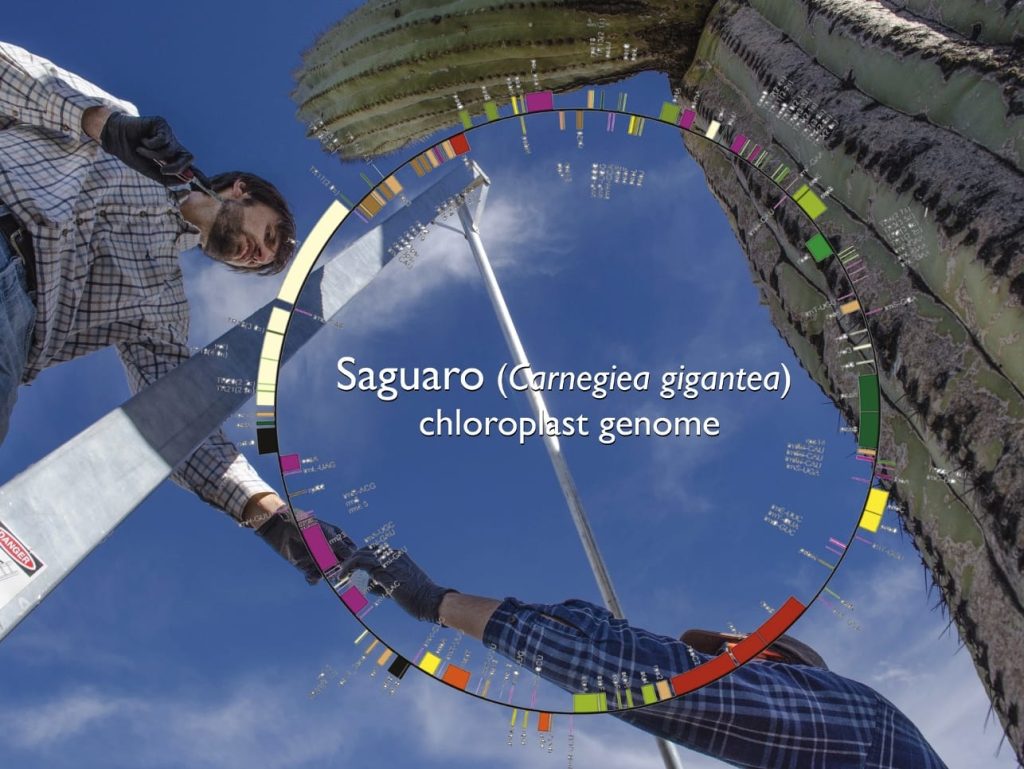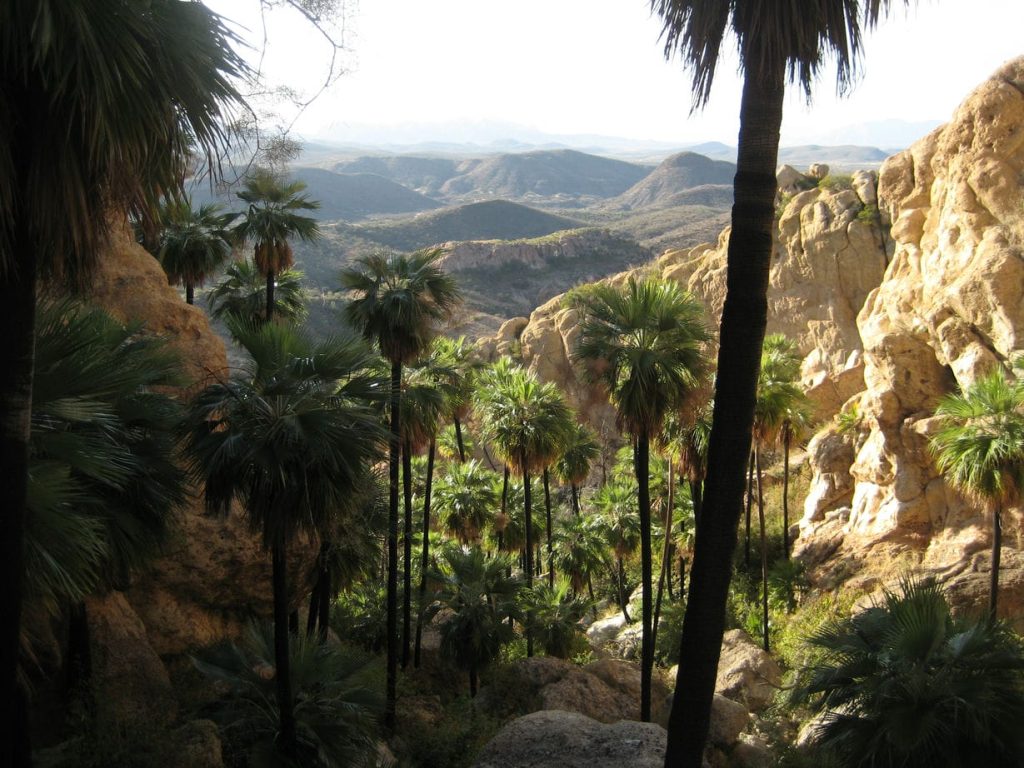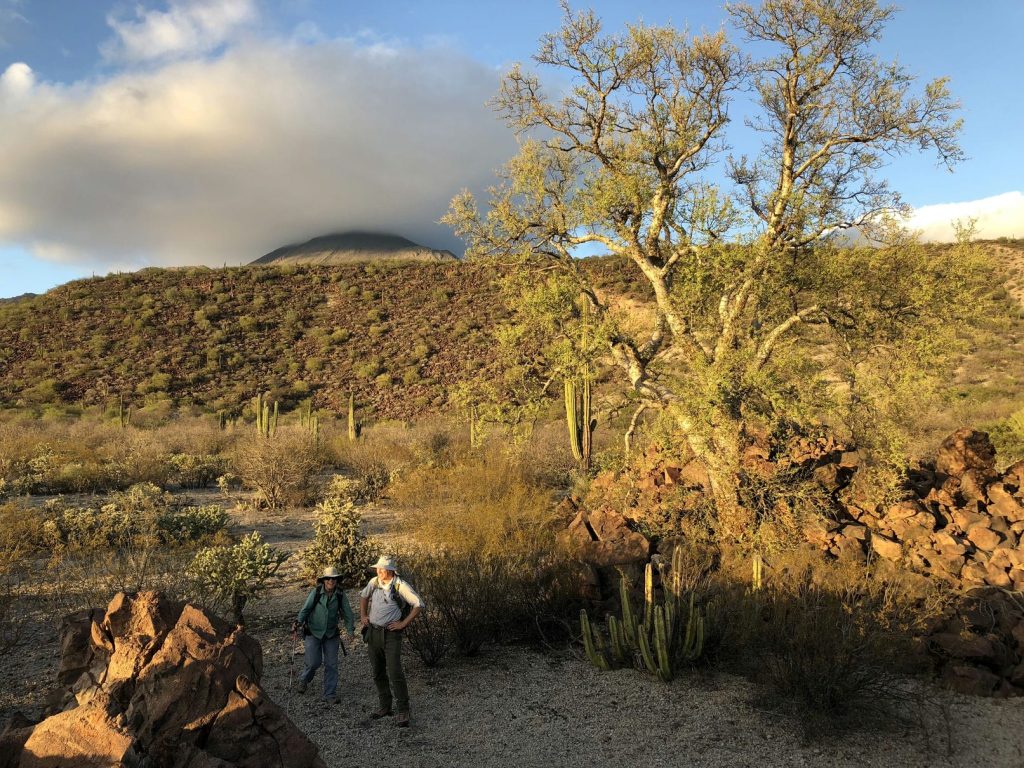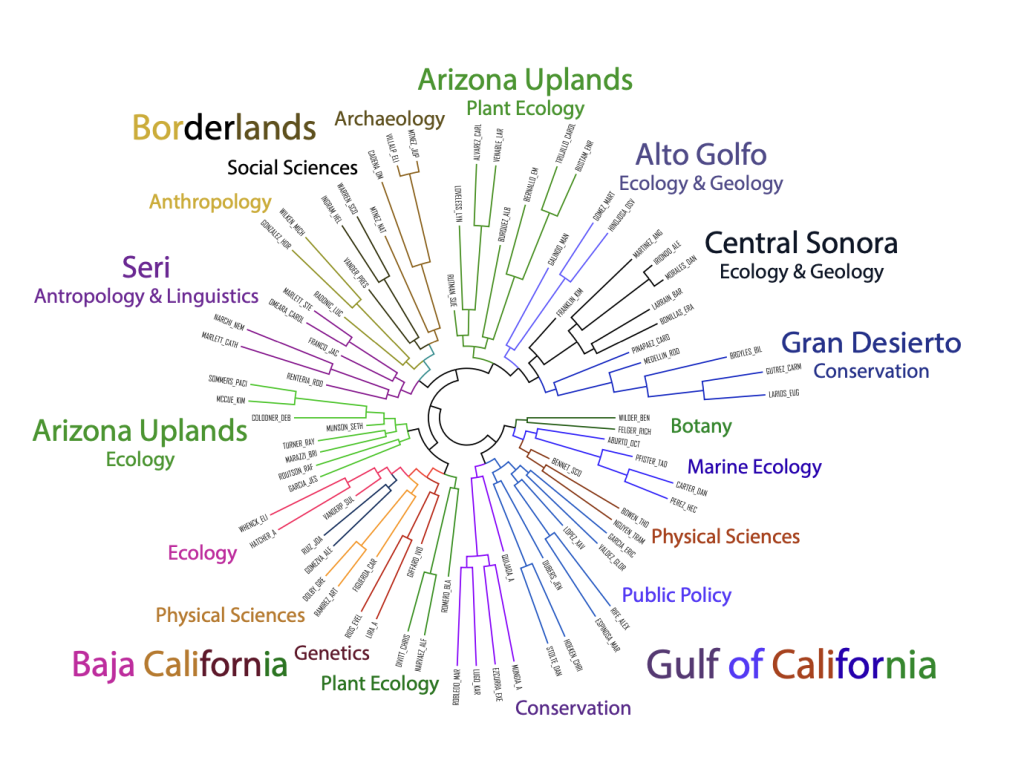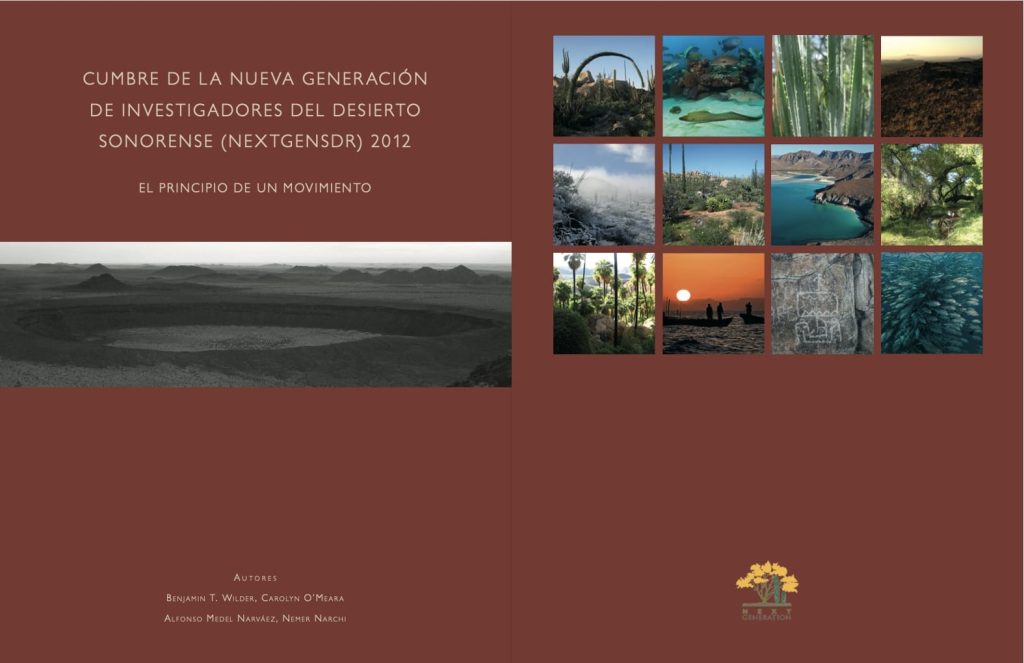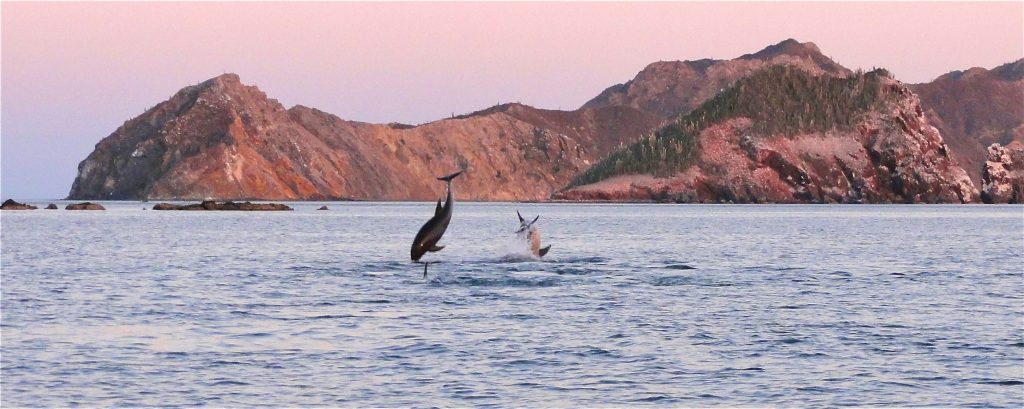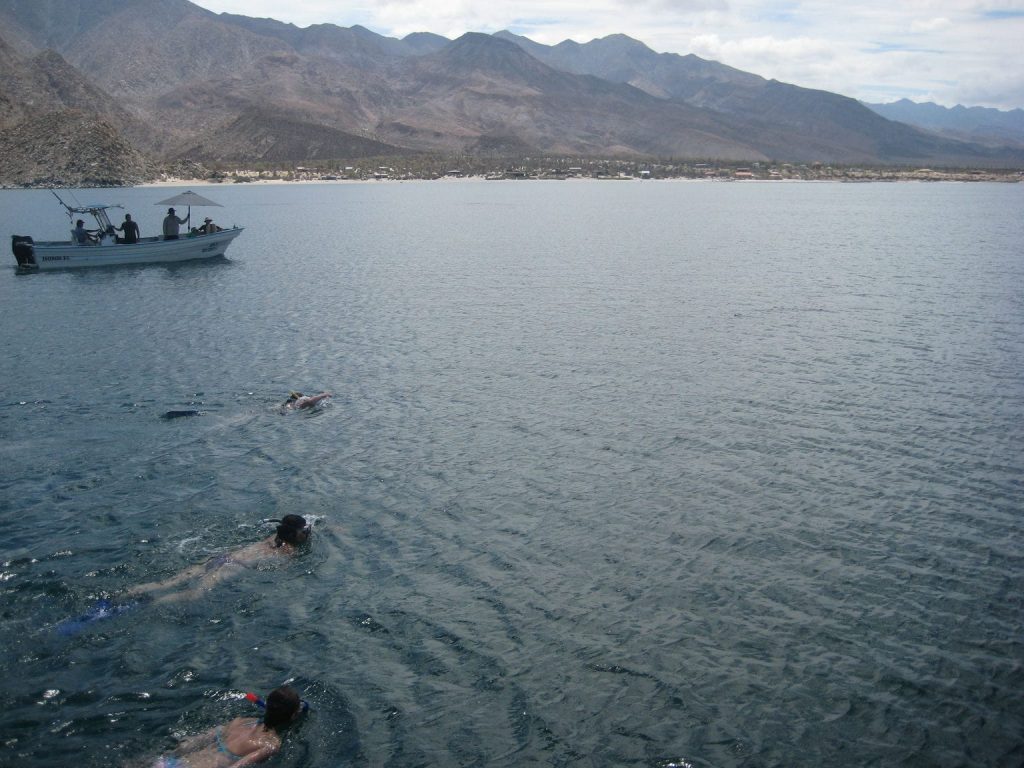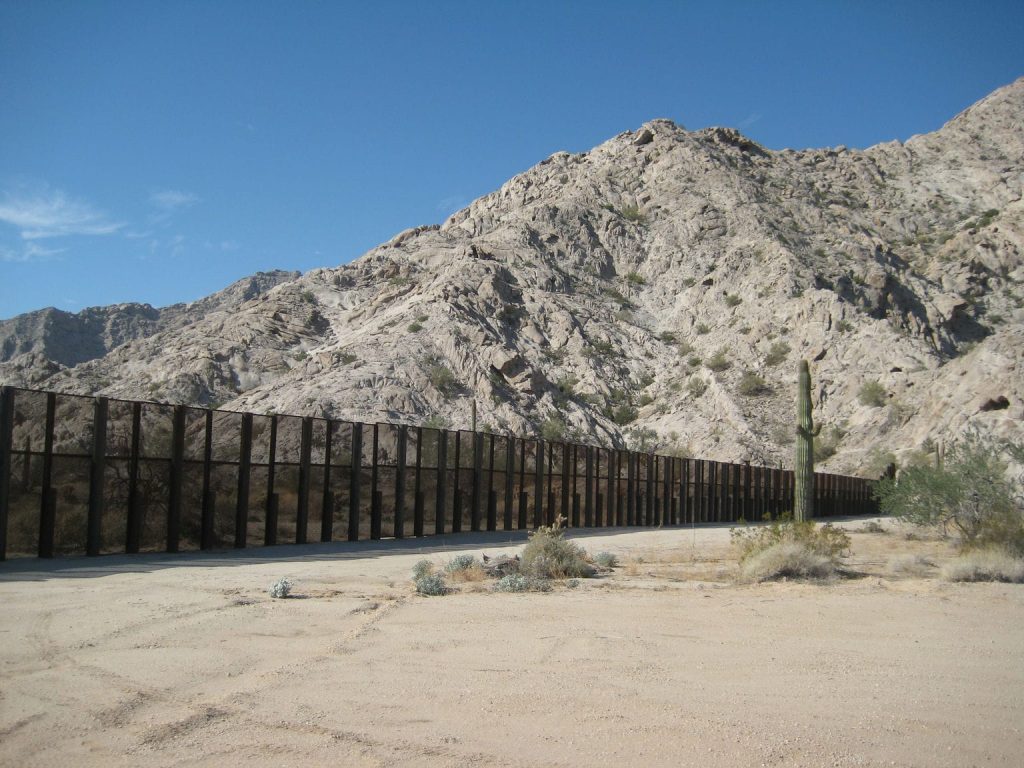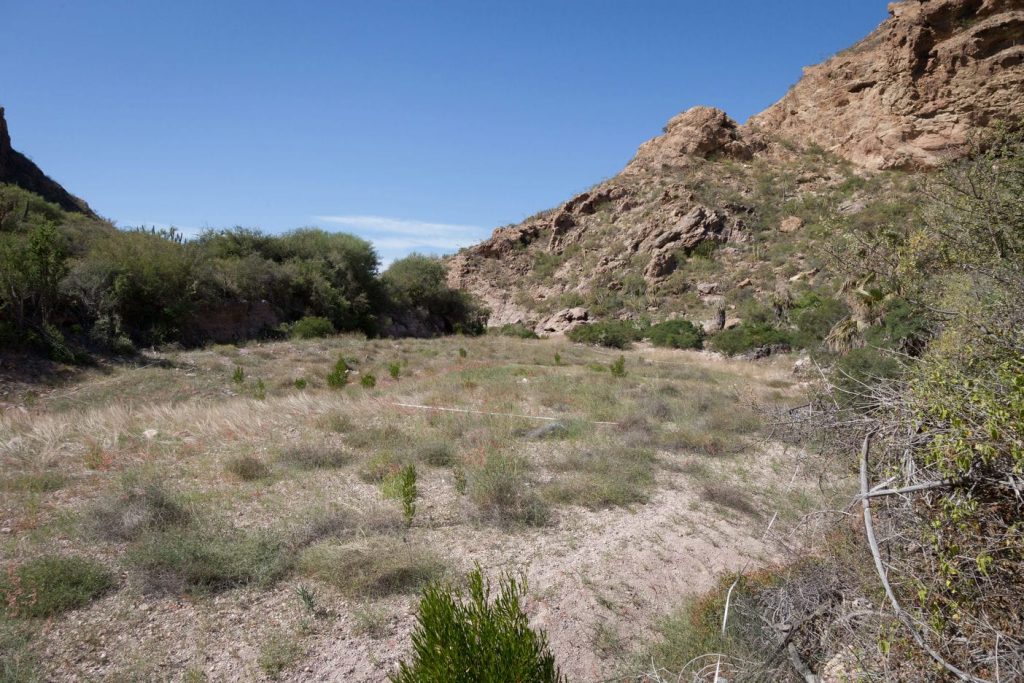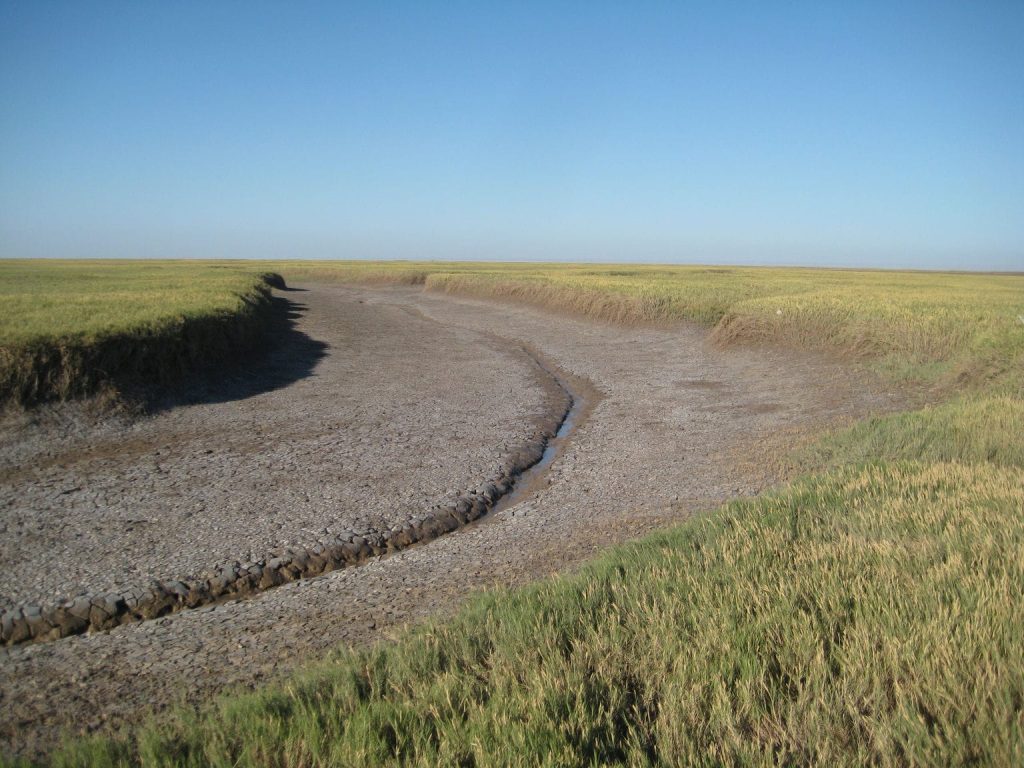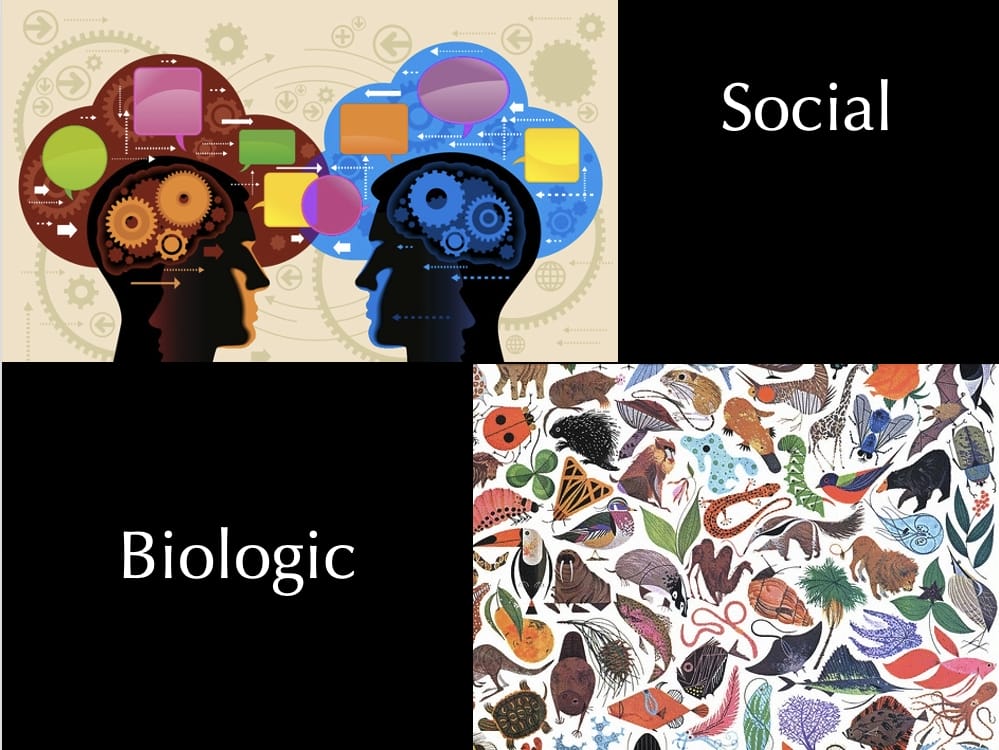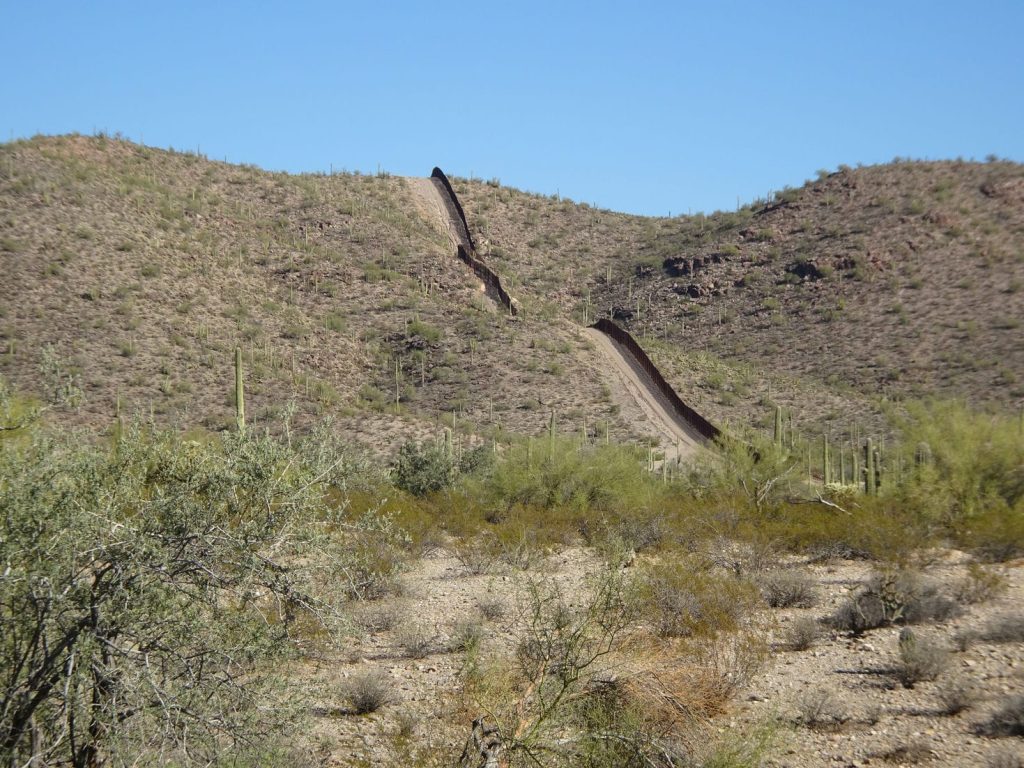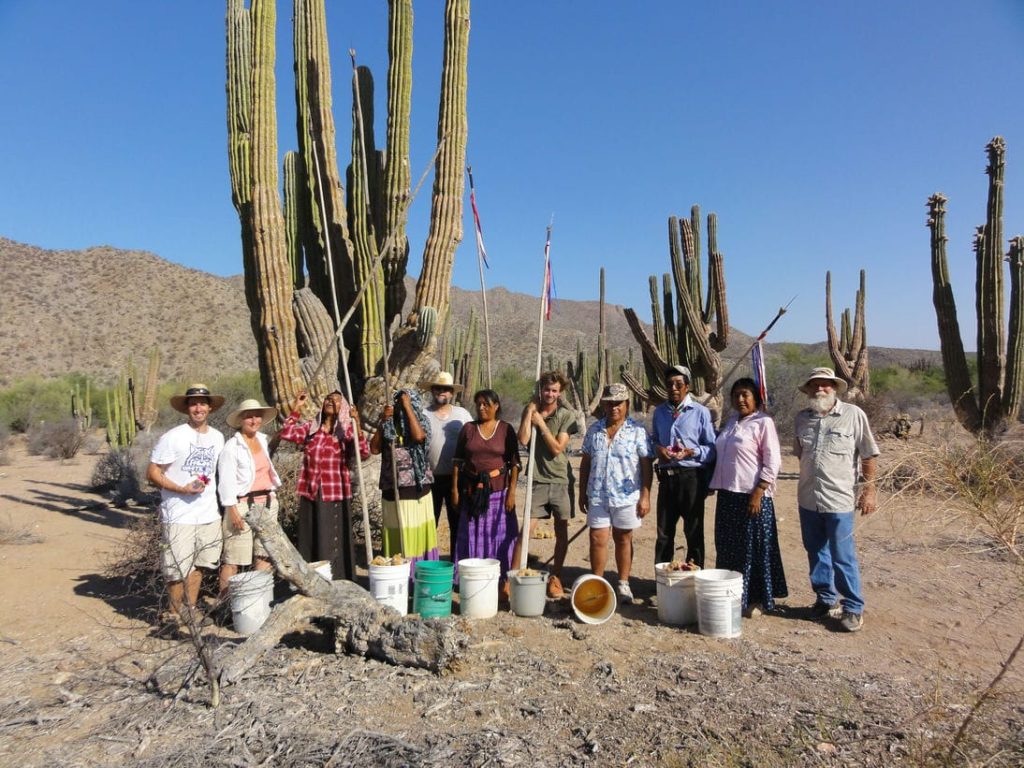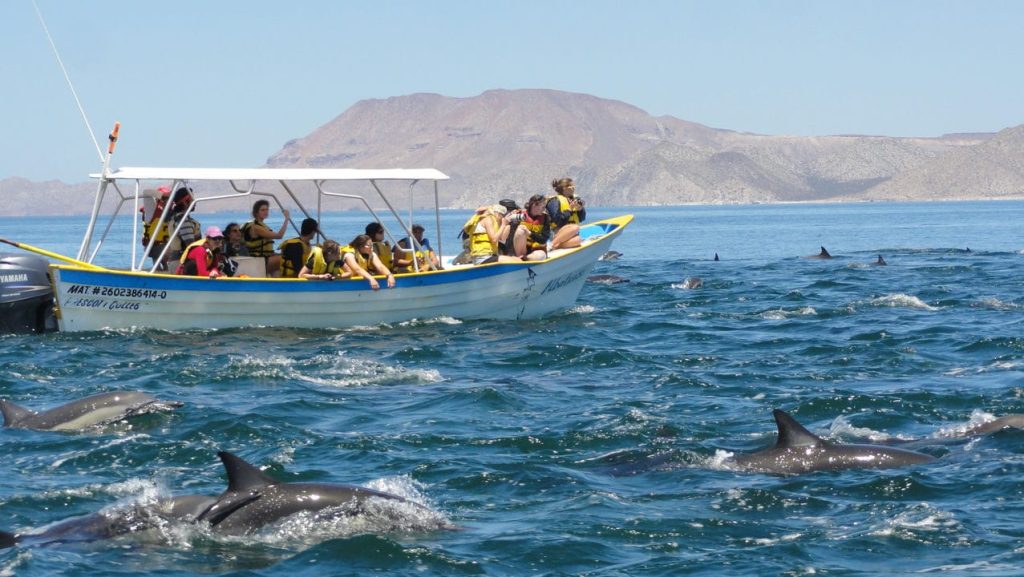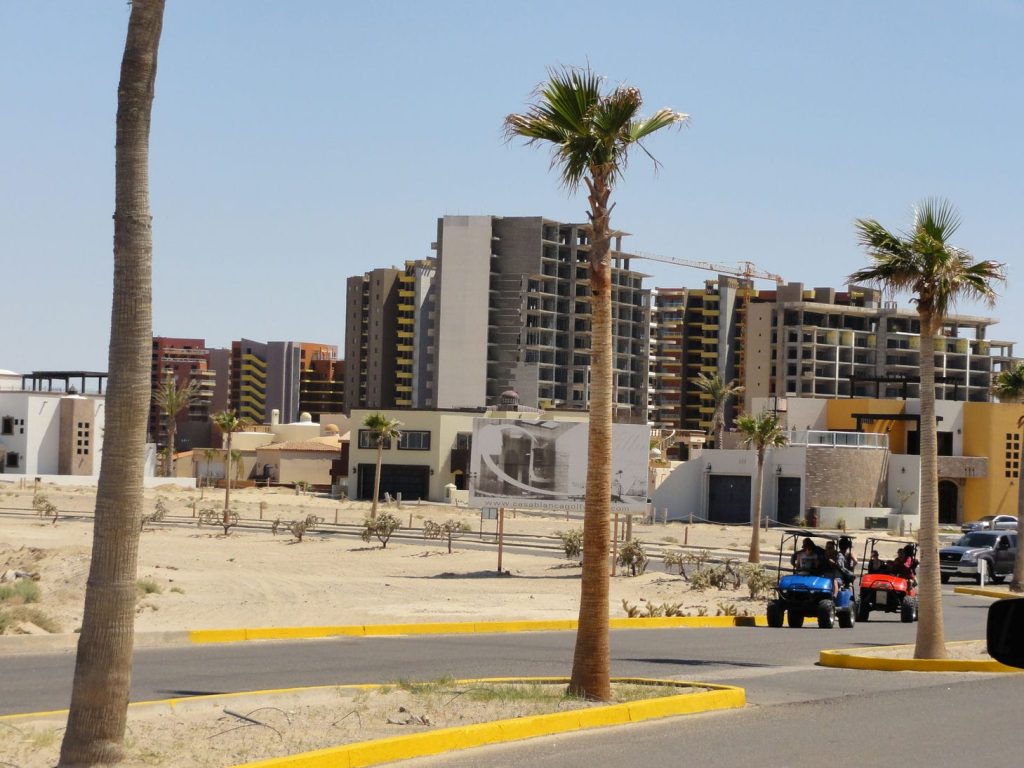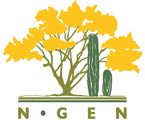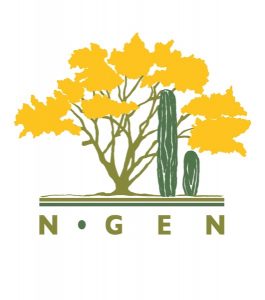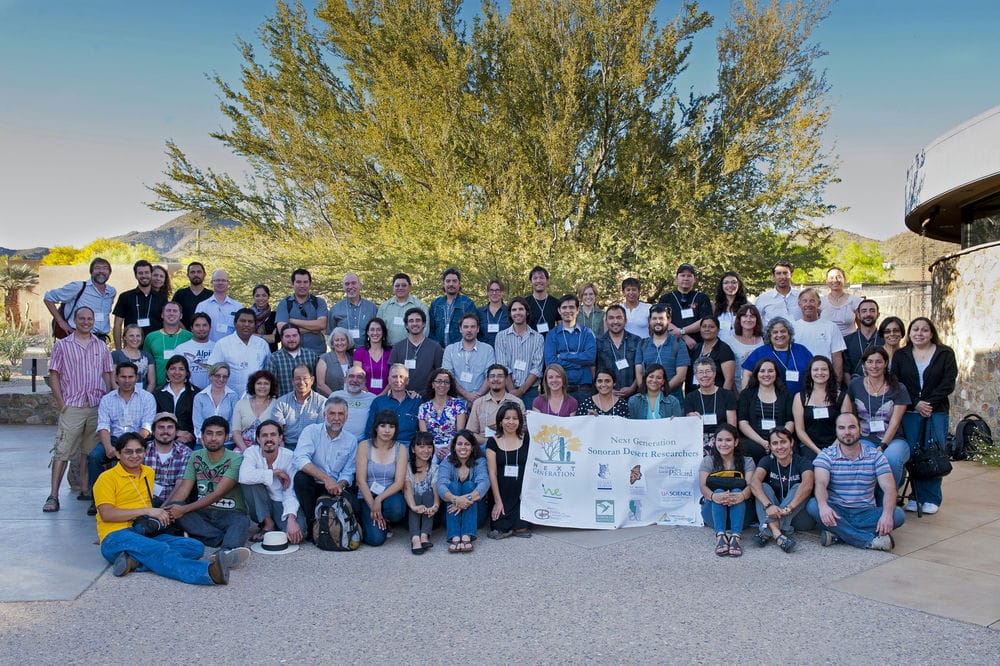
La cumbre inaugural tuvo lugar en el Arizona-Sonora Desert Museum en Tucson, Arizona del 18 al 20 de abril de 2012. Noventa personas atendieron dicho encuentro, 49 provenientes de México y 41 de Estados Unidos. Dieciséis disciplinas estuvieron representadas y 37 instituciones, 11 de México y 26 de los Estados Unidos. El formato de la reunión se basó en una (des)conferencia, también conocido como de tecnología de espacio abierto (open space technology). Dicho formato promueve un discurso espontáneo e plenamente incluyente guiado por los mismos participantes de la reunión; este formato fue un éxito y se le reconoció como superior al formato estándar tradicional de las conferencias.
La cumbre de tres días consistió en 22 sesiones enfocadas en las disciplinas de aspecto físico, social y biológico que representan un espectro amplio e incluyente de las labores de investigación y conservación que actualmente se llevan a cabo y que caracterizan a la región del Desierto Sonorense.
Véase el informe para más información:
Resúmenes de Sesiones
